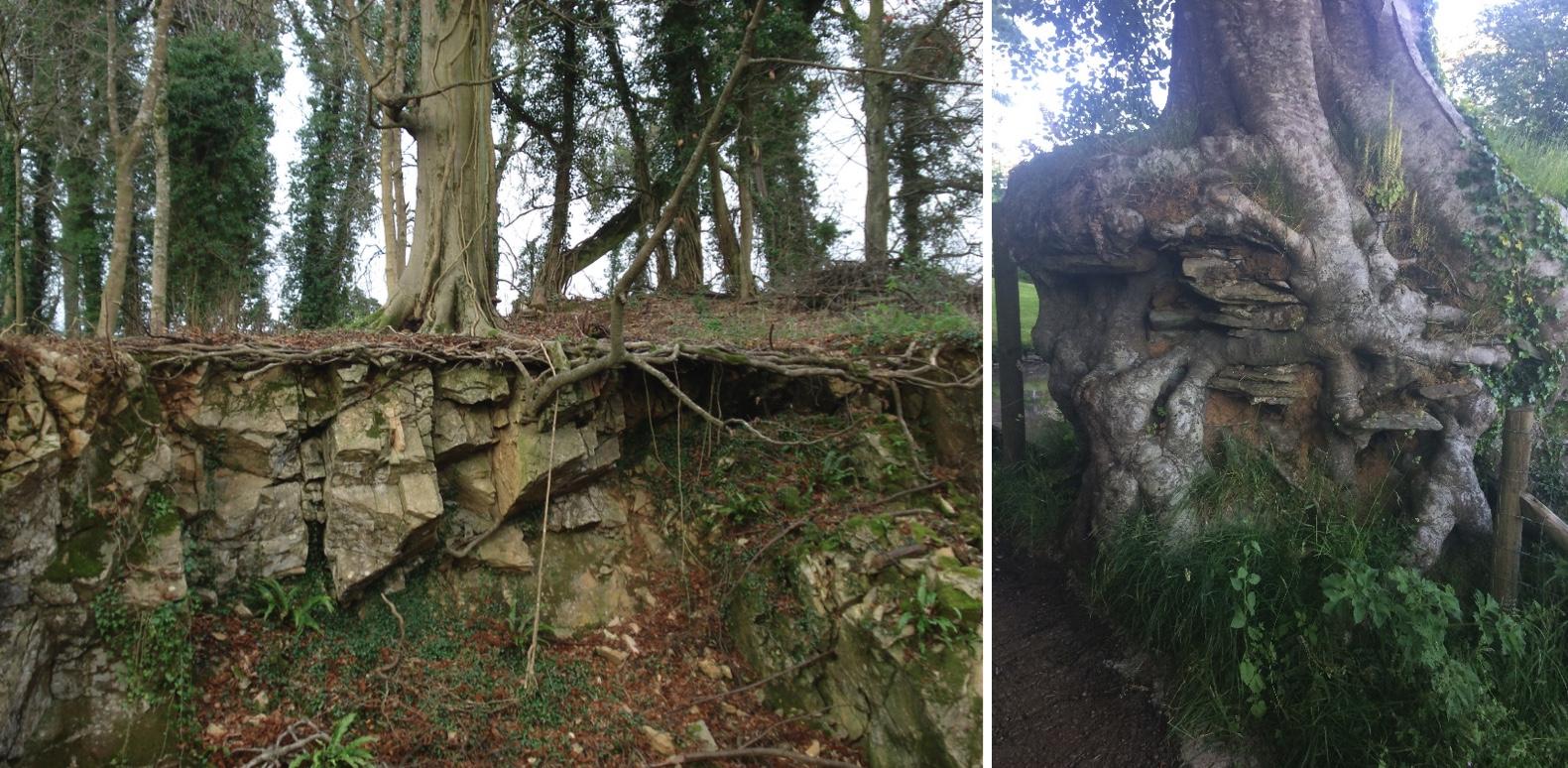hi, I've just noticed this thread, and bear with me as I've had a few plymouth gins...taking ginspiration from Ernest Hemingway who used to write drunk, edit sober..
For what it's worth, I would go back to first principles- refute the central point, and dismiss arguments from ignorance (draws a conclusion based on lack of knowledge or evidence without accounting for all possibilities). Whoever they are, don't like the fact you're within 12x DBH. What a ****************ing joke... (sorry - that's the gin talking). Try this for example...
The RPA is starting point for an intelligent (!) discussion nothing more. It does not know, or define where the tree roots are operating. I don't know, you don't know and they don't know.
Perversely the oxymoronic RPA, on open grown trees protects about 1/2 the root system. And actually serves to protect a 'volume' of soil sufficient to sustain the tree. That volume doesn't follow radii at text book depth in urban areas. It's determined by site conditions. The starting point of your argument with xyz is all too cock. Yes typically fibrous roots are thought to be in the upper regions of the soil. But when said soil is capped with tarmac who knows where the roots are? Trees in urban areas will rarely have a symmetrical root system.
The question you need to answer is.. what effect will your dropped kerb have of the trees?
The answer is a product of sensitivity (of the tree) x the amount of damage. I'm guessing it a really tough urban tree. Thats fully tolerant of a little pain/pleasure. If everyones else has a dropped kerb and you haven't had mass tree death - whats the real risk?
Dig a hole on your side of the fence and send my a pic.Even dig it 300mm deep, soak it thoroughly, fill it with water and time it to drain... and do a soil texture test...blah blah...you can build a reasonabley robust argument based on evidence rather than rules of thumb and assumption....
goodnight.
“The depth to which roots penetrate, and hence the area of ground required to provide the necessary soil volume, will need to be ascertained by digging trial holes…
D. R. Helliwell (1986) THE EXTENT OF TREE ROOTS, Arboricultural Journal, 10:4.
Roots are opportunistic and will grow wherever environmental conditions permit.
Root depth and extent can be severely limited and highly irregular in urban settings.
Ref-3 P. E. Gasson & D. F. Cutler (1990) TREE ROOT PLATE MORPHOLOGY, Arboricultural Journal, 14:3.
“Soil type has a large influence on the spread and depth of the root system, as does the level of the water table.”
Susan D. Day, P. Eric Wiseman, Sarah B. Dickinson, and J. Roger Harris. Contemporary Concepts of Root System Architecture of Urban Trees. Arboriculture & Urban Forestry 2010. 36(4): 149–159
“studies suggest that vigorous trees less than 30 cm diameter may be able to tolerate roots being severed on one side as close as three times the trunk diameter without a major loss in stability or crown decline. Larger trees, such as those on which the specifications were based, may be less tolerant…
Gary W. Watson, et al. Arboriculture & Urban Forestry 2014. 40(5): 249–271
J. ROBERTS, N. JACKSON & M.SMITH. Tree Roots in the Built Environment. TSO 2006
“A tree growing next to a road or building is likely to have virtually all of its roots growing on the opposing side of the tree” pg 245
“a commonly observed effect of root severance after trenching near trees is loss of vigour in above-ground growth” pg249











